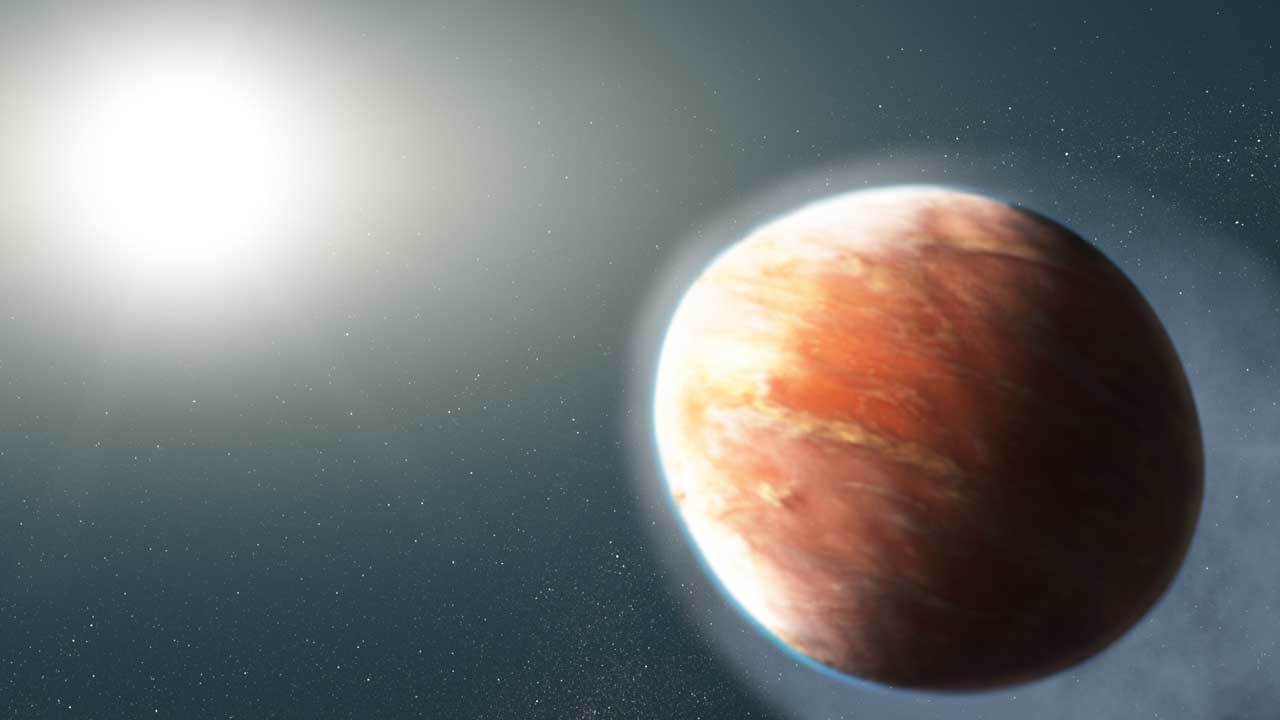[/caption]
Recent research on lunar samples has shown that the Moon may be made of more Earth than green cheese — if by “green cheese” you mean the protoplanet impactor that was instrumental in its creation.
It’s an accepted hypothesis that Earth’s moon was created during an ancient, violet collision between our infant planet and a Mars-sized world called Theia, an event that destroyed Theia and sent part of Earth’s crust and upper mantle into orbit as a brief-lived ring of molten material. This material eventually coalesced to form the Moon, and over the next 4.5 billion years it cooled, became tidally locked with Earth, accumulated countless craters and gradually drifted out to the respectable distance at which we see it today.
Theia’s remains were once assumed to have been a major contributor to the material that eventually formed the Moon. Lunar samples, however, showed that the ratio of oxygen isotopes on the Moon compared to Earth were too similar to account for such a formation. Now, further research by a team led by scientists from The University of Chicago shows that titanium isotopes — an element much more refractive than oxygen — are surprisingly similar between the Moon and Earth, further indicating a common origin.
“After correcting for secondary effects associated with cosmic-ray exposure at the lunar surface using samarium and gadolinium isotope systematics, we find that the 50Ti/47Ti ratio of the Moon is identical to that of the Earth within about four parts per million, which is only 1/150 of the isotopic range documented in meteorites,” wrote University of Chicago geophysicist Junjun Zhang, lead author of the paper published in the journal Nature Geoscience on March 25.
If the Moon is more Earth than Theia, then what happened to the original impacting body? Perhaps it was made of heavier stuff that sunk deeper into the Moon, or was assimilated into Earth’s mantle, or got lost to space… only more research will tell.
But for now, you can be fairly sure that when you’re looking up at the Moon you’re seeing a piece of Earth, the cratered remnants of a collision that took place billions of years ago.
See the team’s paper here.
Image credit: NASA / JPL-Caltech


